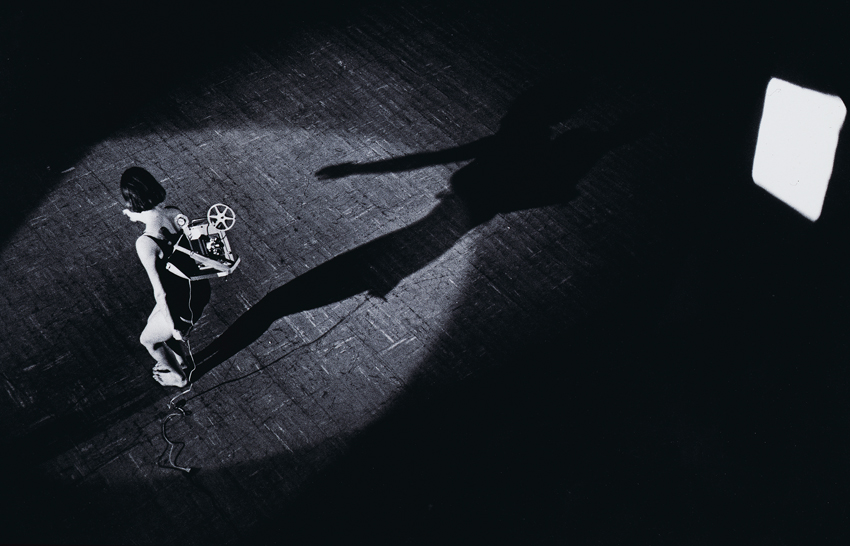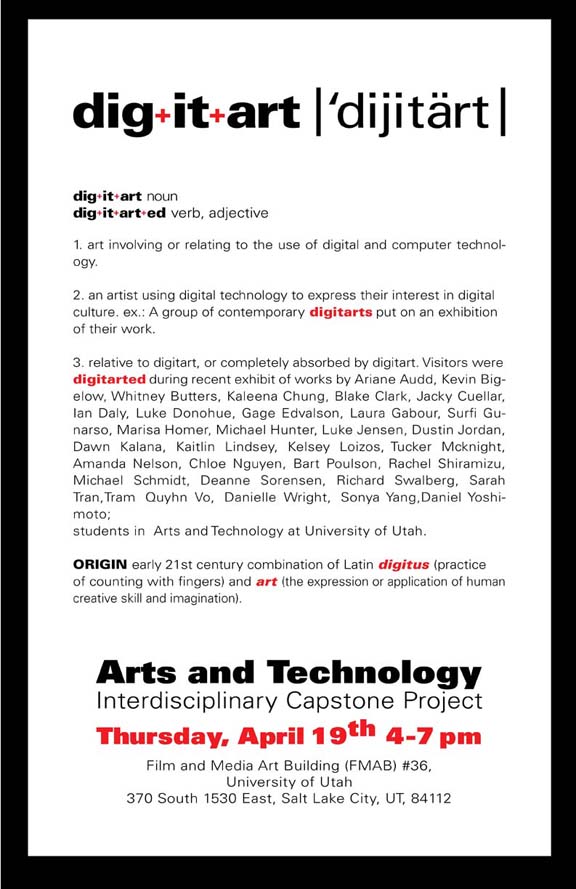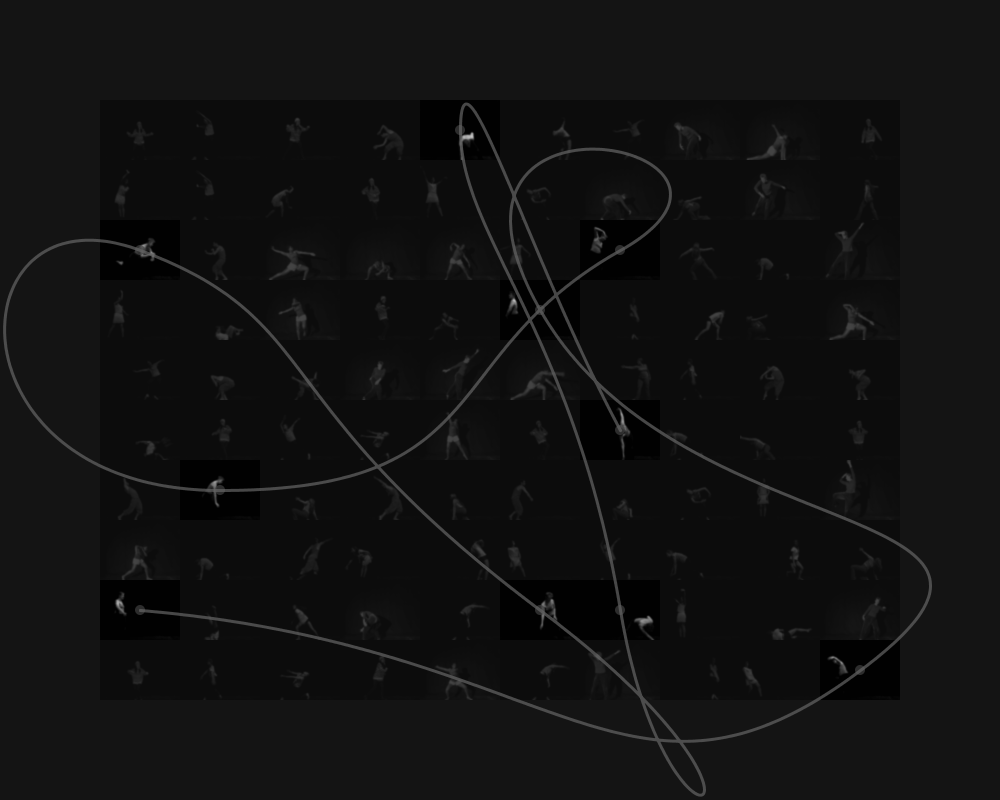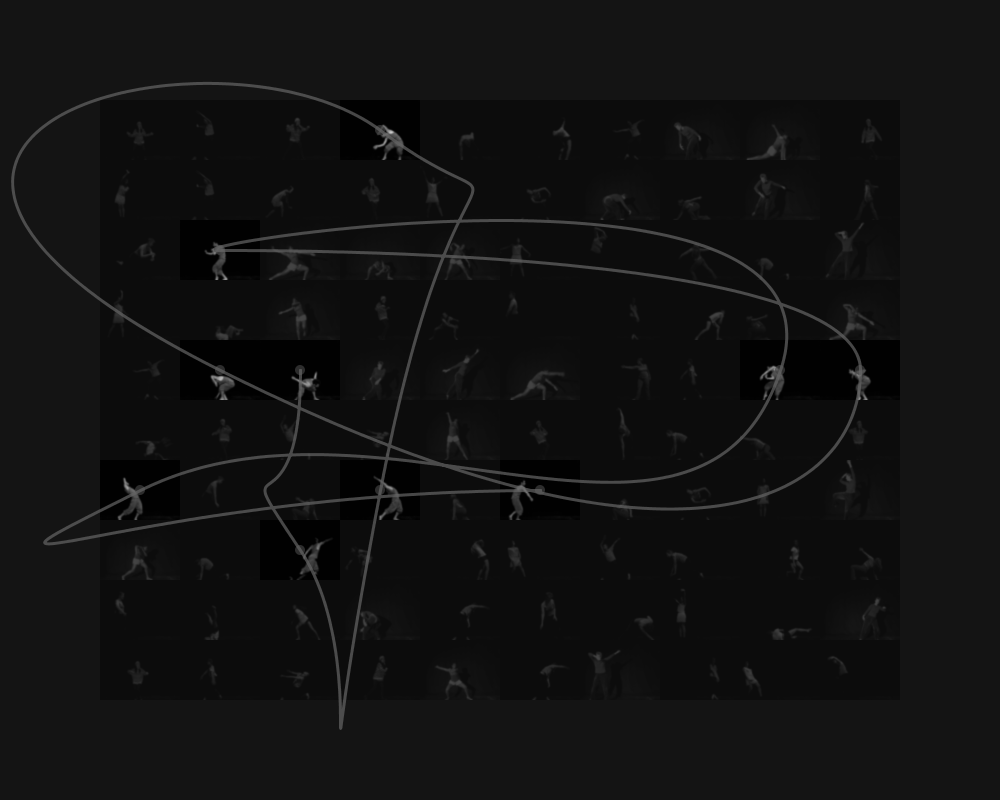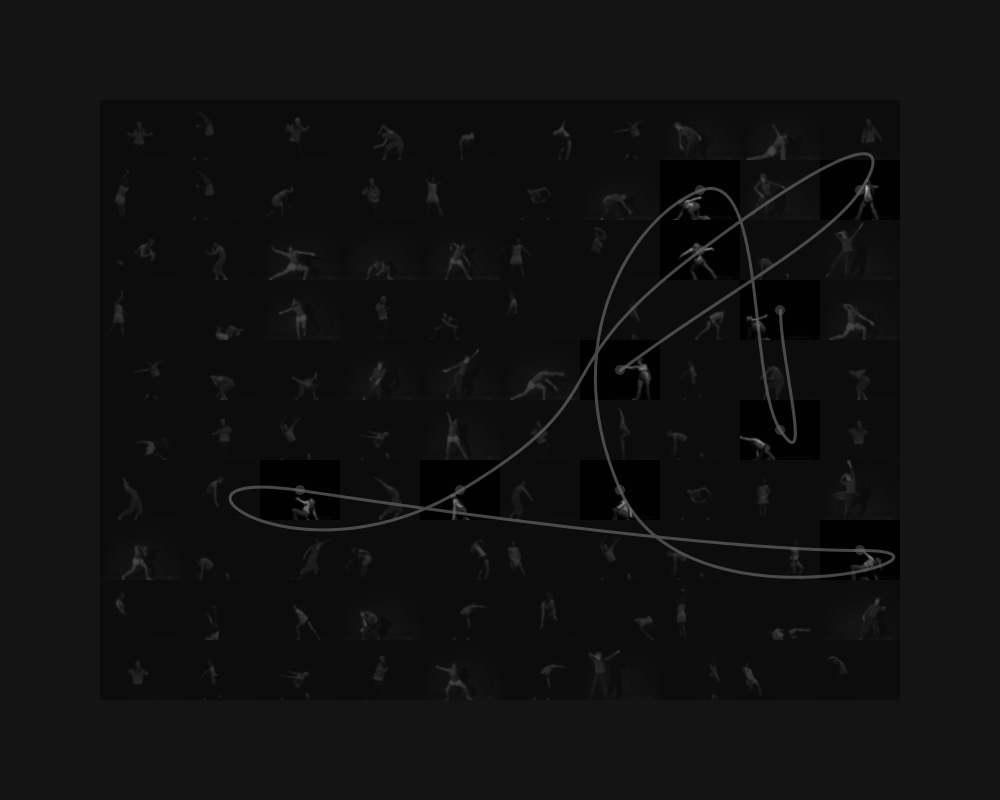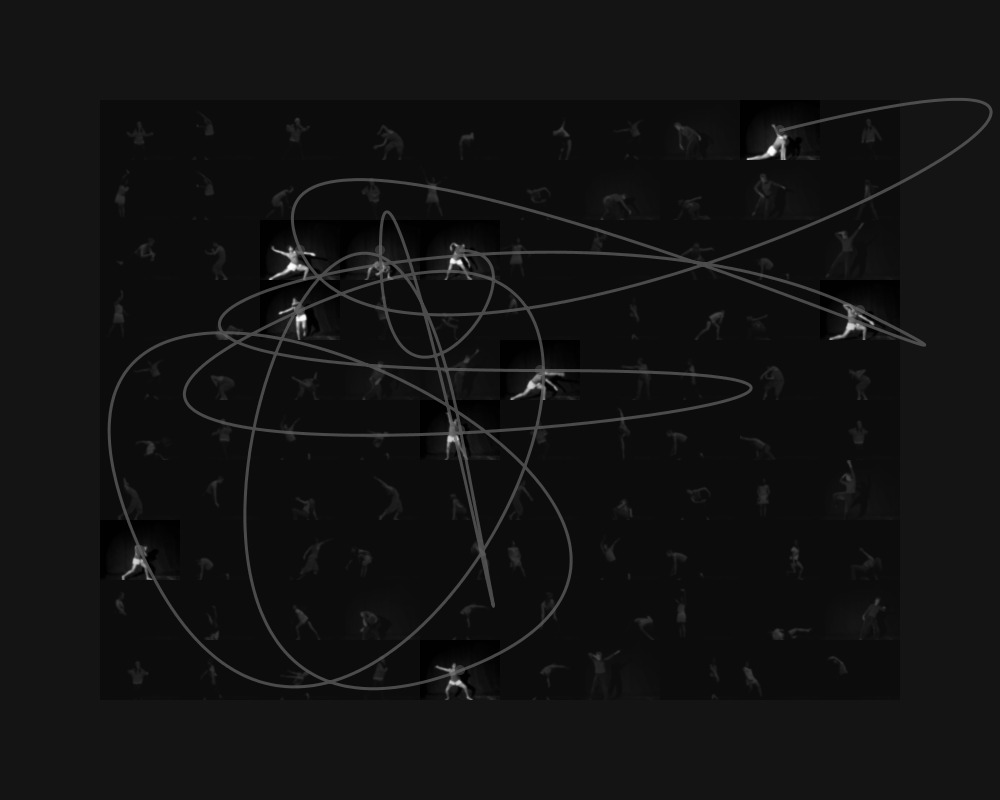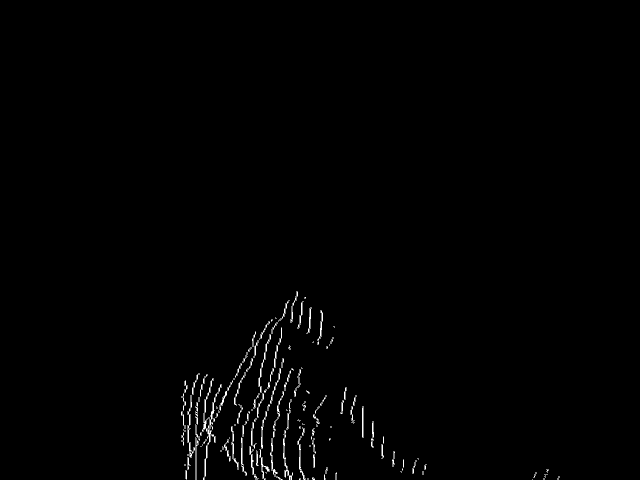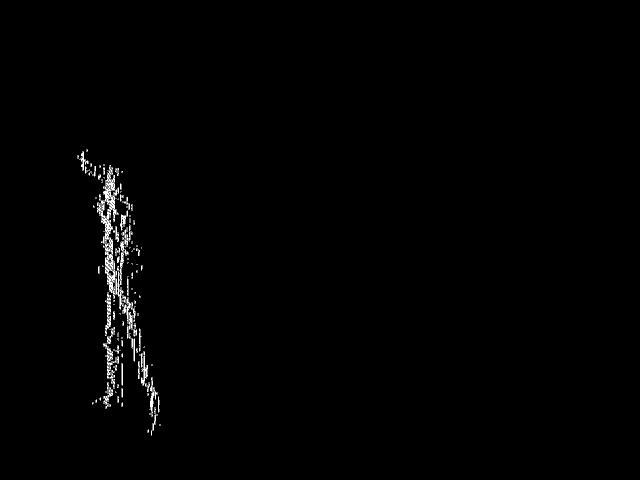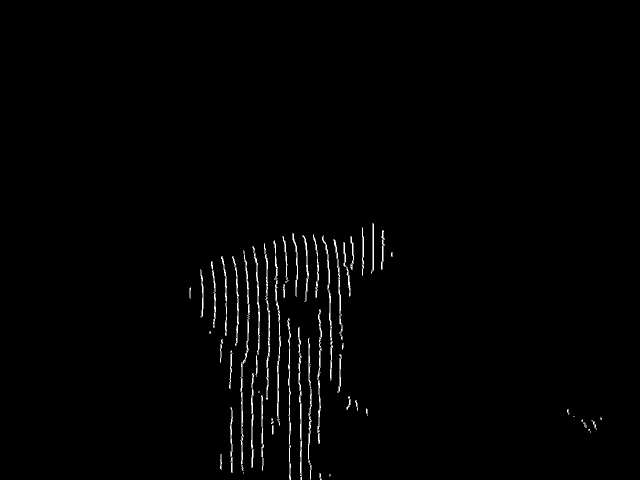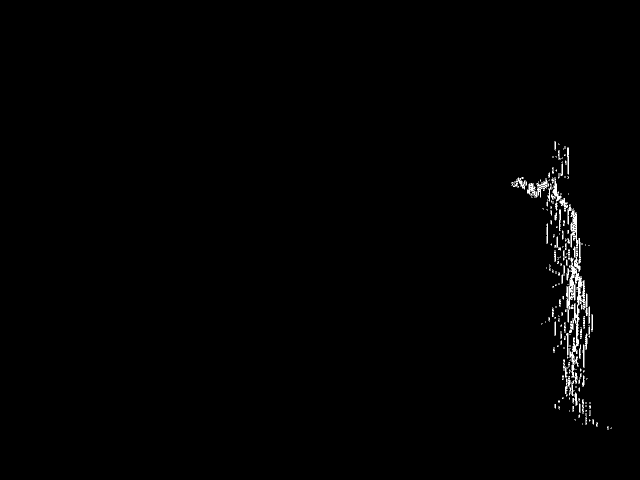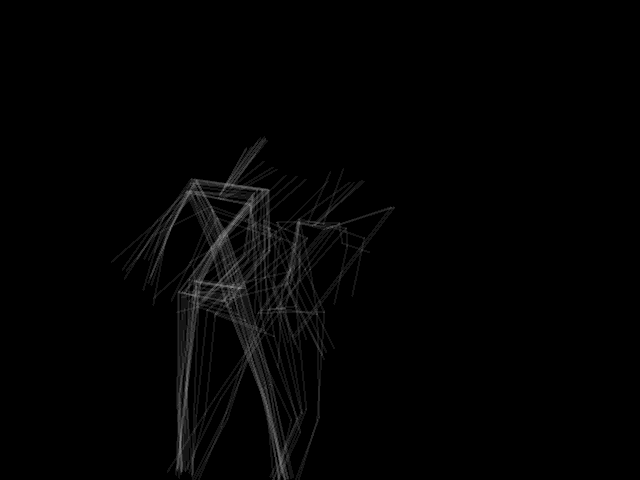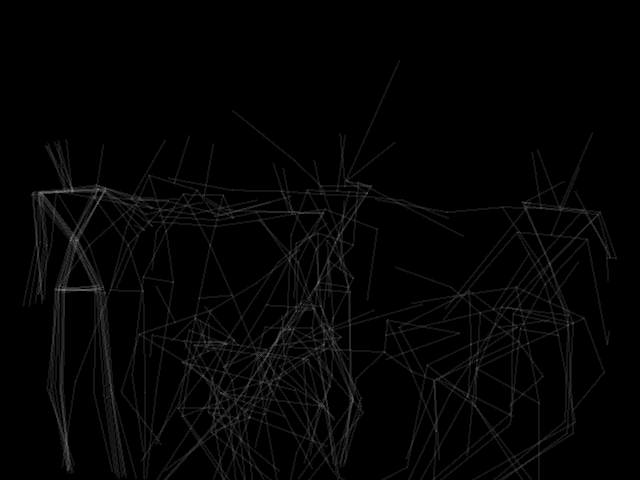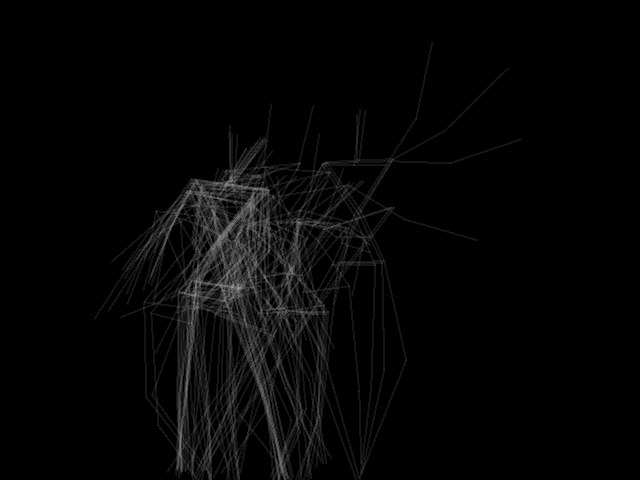Well, I’ve sent out conference applications for Dance Loops... finally. I’ve added a couple of extremely amateurish videos as vaguely supportive material. Mostly, they both just show that it’s possible to use the Kinect and Jitter to do some video recording and effects. I’d much rather have actual demonstration videos with the looping in place but, well, that takes more time and we’re still working on things. The first application is for the National Conference on Undergraduate Research (NCUR), which will meet at the University of Kentucky in April of 2014. That application uses the very exciting title of “Dance Loops: A Dance Performance with Live, Interactive Video Looping.” (At least it’s self-descriptive.) Here's the video:
The other application is for ISEA2014, the 20th International Symposium on Electronic Art, which meets in Dubai (!) in November of 2014. That one gets a much more interesting title: “Debauched Kinesthesia: The Proprioceptive Remix.” Woo hoo! By the way, “debauched kinesthesia” has nothing to do with debauchery. Rather, it’s a term from the Alexander Technique, which my wife Jacque Bell teaches, that refers to the disconnect that many people have between what they think their body is doing and what it actually is doing. And “proprioceptive” because that refers to the sense of where your own body is and what it’s doing, and “remix” because the dancers will be able to rearrange and replay videos of their own dancing while they themselves are dancing. Very exciting! Anyhow, here’s the not-very-helpful video that accompanied that application:
So, we’ll see what happens. It may be that I get to travel across the country with a few students in April, and maybe even around the world later that year. I’ll let you know what happens!
Related articles
Sensing your own body is more complicated than you realize (io9.com)
Proprioceptive Art (zvembira.com)
What is Proprioception and Kinesthetic Awareness? (danceconnectionsproject.com)

